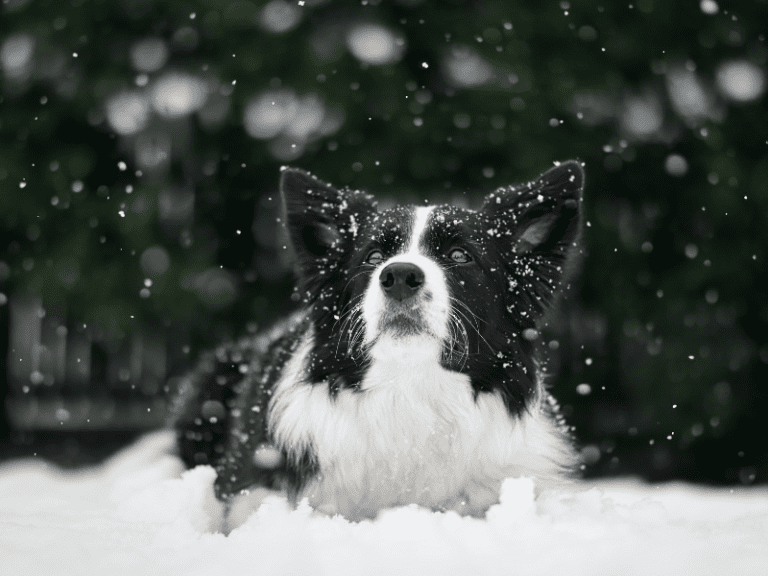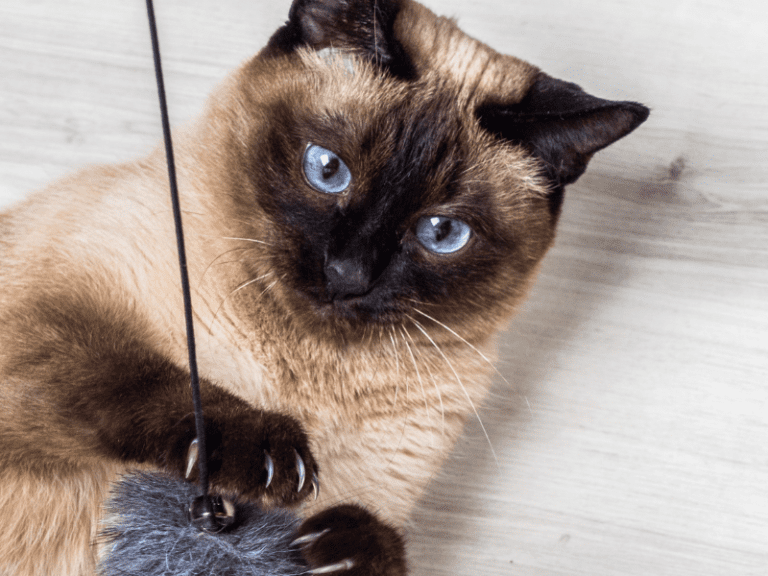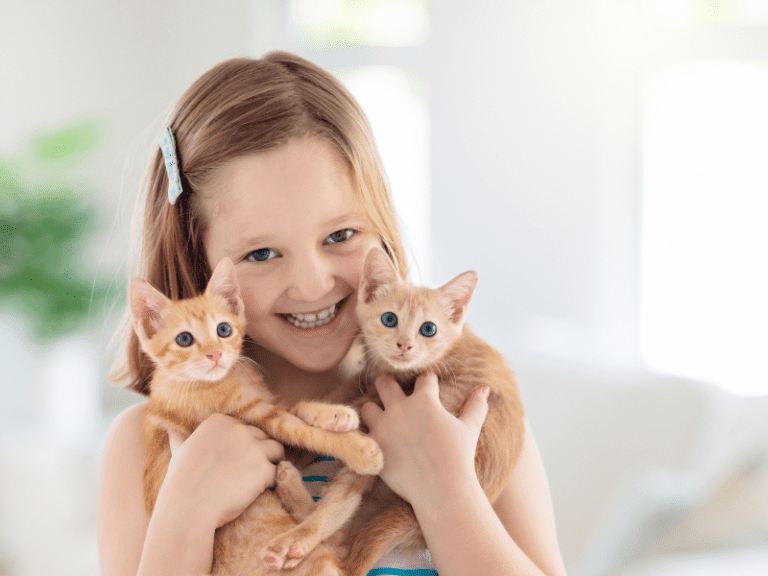Cat Empathy: Going Beyond the Myths
FULL DISCLOSURE: The links I share in this course ARE my affiliate links. This means I earn a commission, at no extra cost to you. In fact, sometimes you’ll get a discount or free credits just FOR using my link. 🙂
Cats have been a part of human lives for thousands of years. They are recognized for their gracefulness, mysterious personalities, and independent nature, but are they capable of empathy?
Unveiling the Empathetic Nature of Cats
For years, people have questioned and debated whether cats possess the ability to empathize with their owners and the people around them. Many people believe that cats are aloof and indifferent, and incapable of forming emotional connections with humans.
However, recent studies have shown that cats are more complex than we give them credit for. This article will explore the topic of cat empathy, and how it extends beyond the popular myths surrounding the animals' personalities.
Cats are capable of understanding human emotions
Cat empathy is something that is often dismissed as just a myth, but the truth is that cats have a unique ability to understand human emotions. Studies have shown that cats can recognize both positive and negative emotions in humans, and they even respond to those emotions in their own way.
It's amazing to think that these furry creatures respond to our feelings so quickly. This is a powerful reminder that there is a deep connection between humans and cats, one that goes beyond mere companionship.
Cats bond with humans through mutual trust
Cats are often described as aloof and independent creatures, but recent studies have shown that they are capable of forming deep bonds with humans through mutual trust. This demonstrates that cat empathy is not just a myth!
Unraveling the Empathy Equation

Cats have been shown to recognize their owners' voices, faces, and scent, and will often seek their affection and attention. Furthermore, cats have demonstrated remarkable empathy toward humans when they are suffering or in distress, providing comfort and affection in their own unique ways.
The extent of a cat's empathetic capabilities can be influenced by various factors, including breed and environment. Different cat breeds may exhibit varying degrees of empathy, with some breeds displaying heightened sensitivity and emotional attunement.
Similarly, a cat's upbringing and experiences play a crucial role in shaping their empathetic tendencies. Cats raised in nurturing and affectionate environments are more likely to develop strong bonds with their owners and demonstrate empathetic behavior.
Fostering Empathy in Feline-Human Relationships
This bond between humans and cats is truly a special and magical thing, and serves as a reminder that our furry feline friends are much more emotionally complex than many people give them credit for.
Cats demonstrate their affection through purring and cuddling
One of the most common ways cats demonstrate their affection is through purring. It's been scientifically proven that the vibrations from a cat's purring can have a calming effect on humans, and it's believed that cats use their purrs to soothe themselves and others when they're anxious or stressed.
In addition to purring, cats also show their love and empathy through cuddling. When a cat curls up in your lap or nuzzles against you, it's a sign that they trust you and feel comfortable around you.
Here are some more ways cats show their empathy:
- Purring: Cats purr for various reasons, one of which is to show affection. The low, rhythmic hum can be soothing and calming, both for the cat and its human companion. Cats often purr when they're content and comfortable, such as when they're curled up on your lap or being petted. This can be a sign that your cat is empathetic to your emotions and is trying to provide comfort.
- Cuddling: Cuddling is another way cats show their empathy and affection. When a cat curls up against you or rests its head on you, it's a clear sign of trust and comfort. Cats only relax and expose their vulnerable areas to those they truly trust.
- Nuzzling: Similar to cuddling, nuzzling is a cat's way of showing affection and building a bond with you. When a cat rubs its face against you, it's marking you as a trusted member of its family. This behavior can also be seen as an empathetic response, as cats often do this when they sense you're upset or stressed.
- Bringing Gifts: Cats are natural hunters, and they often bring gifts to those they care about. While a dead mouse or bird might not seem like a sign of affection to humans, it's a significant gesture in the cat world. This behavior can be a sign of empathy, as cats often do this when they sense their human is upset or unwell.
- Eye Contact: Cats show their trust and affection through eye contact. A slow blink from a cat is often referred to as a ‘kitty kiss' and is a sign of trust and affection. If your cat maintains eye contact with you and gives you a slow blink, it's their way of saying they love and trust you.
These small gestures may seem insignificant, but they're a reminder that cat empathy is more than just a myth. Cats may have a different way of showing their affection, but it's there if you pay attention.
Cats can be empathetic and compassionate to other animals

In multi-pet households, cats often exhibit empathetic behaviors towards their animal companions. They can sense when another pet is distressed or unwell and offer comfort and support in their own unique ways. Whether it's snuggling up to a frightened dog during a thunderstorm or grooming a stressed-out rabbit, cats have a natural ability to provide solace to their fellow creatures.
Showing Empathy
Furthermore, cats have been observed showing empathy towards injured or vulnerable animals in the wild. They may offer protection or even bring food to their injured counterparts, showcasing their compassionate nature and willingness to lend a helping paw.
Fostering Harmony Across Species: Cats as Agents of Compassion
Witnessing the empathy of cats towards other animals serves as a powerful reminder of the interconnectedness and shared capacity for compassion among different species. It challenges the notion that cats are solely self-centered creatures, highlighting their potential to bridge gaps and foster harmony in the animal kingdom.
The acts of empathy demonstrated by cats towards other animals showcase the profound connections that can be formed across species. These interactions unveil a world of compassion and understanding that extends beyond the boundaries we often impose on different creatures. Cats become agents of empathy, defying stereotypes and inspiring us to recognize the inherent compassion that resides within us all.
By observing the empathy displayed by cats, we are reminded that our ability to empathize is not limited to our own species. It encourages us to acknowledge and appreciate the diverse forms of empathy present in the animal kingdom.
Moreover, cats' empathetic behavior towards other animals serves as an invitation for us to cultivate compassion in our own lives. It prompts us to consider how we can extend our empathy beyond human interactions and actively contribute to the well-being of other species. In appreciating the empathy of cats, we are inspired to be more compassionate stewards of the natural world and advocate for the harmony and coexistence of all living beings.
Embracing the Empathy of Cats: Nurturing Bonds and Building a Compassionate World
Cat empathy is more than just a myth. While it may be difficult to read a cat's emotions and body language, research and personal experiences show that cats are capable of empathy towards their owners and even other animals. By understanding and acknowledging our cats' emotional responses, we can strengthen our relationships with them and provide a happier and healthier life for our feline companions.
Let us embrace the lessons that cats teach us through their empathetic interactions, and recognize the incredible potential for compassion and understanding that exists within the animal kingdom. In doing so, we can foster a world where empathy transcends species boundaries and contributes to a more harmonious cohabitation of all creatures, guided by the inspiring examples set by our feline friends.






